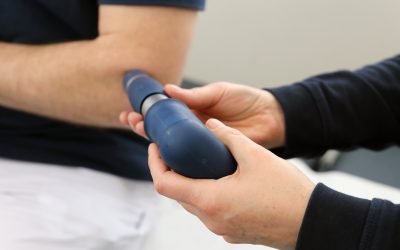Gender reassignment surgery is also known as sex assignment surgery, and it is done to help people make the transition to their desired sex. It can be male-to-female or female-to-male.
How does someone qualify for gender reassignment surgery?
Gender reassignment male to female surgery is not something that should be done lightly. The surgeon requires candidates to undergo counseling to make certain they are truly ready for the surgery, as it is irreversible. They also require patients to live as their chosen gender for at least a year.
The patient will also have to have had hormone treatments for at least a year. The hormones work by both suppressing their current secondary sex characteristics and stimulating those of the desired sex. A man transitioning to be a woman, for example, would take anti-androgens to suppress their male hormones and take estrogen to appear more feminine.
What does gender reassignment male-to-female surgery involve?
Male-to-female surgery can involve several different procedures. The patient can undergo an orchiectomy, in which the doctor removes their testicles. This procedure has the benefit of stopping the production of testosterone and thus reducing the hormone treatments a trans woman will need to appear feminine.
Genital confirmation surgery is generally the last step in the transition process, but not all trans women feel the need to have it done. In gender confirmation surgery, the doctor will remove the penis and testicles and then craft them into functional external genitalia: a clitoris, labia, and vagina.
Genital confirmation surgery is major surgery, and the patient will have to stay at the hospital for at least a night. Full recovery will take between four to six weeks.
Are there other procedures?
A trans woman can also undergo a variety of cosmetic procedures. They can, for example, undergo breast augmentation surgery to give themselves a more feminine chest. They can also undergo facial surgeries to make their features rounder and softer like a woman’s.
Contact the International Center for Transgender Care or visit
www.thetranscenter.com to learn more about gender reassignment male to female procedures.



